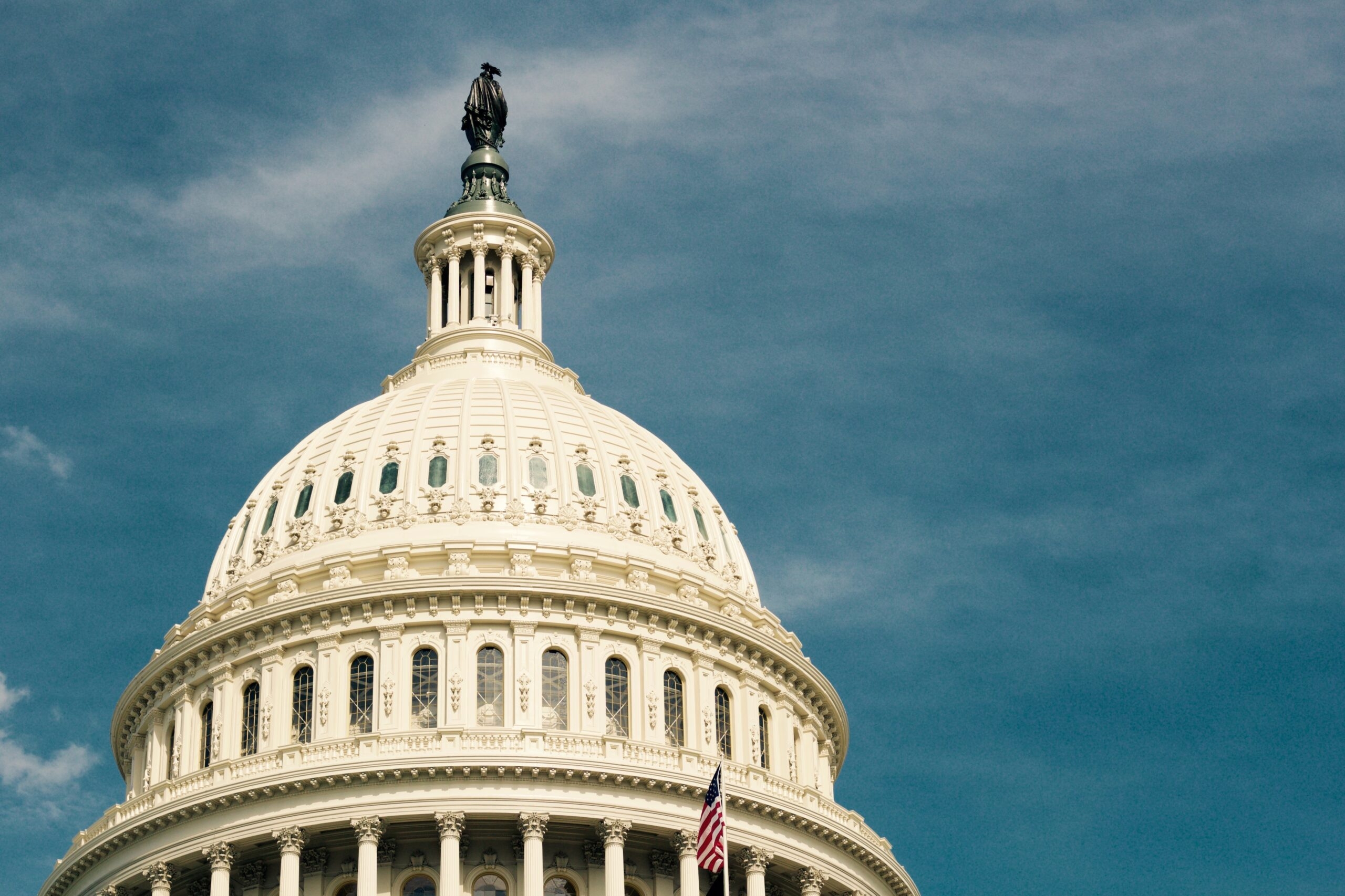Since becoming a William T. Grant Distinguished Fellow at Rutgers University in early 2017, I have been gradually immersing myself in the world of research, and have adjusted to the pace and idiosyncrasies of working within an academic setting. Just six months ago, I was in a totally different environment, working as a deputy assistant secretary in the Office for Civil Rights at the U.S. Department of Education (or ED, as we called it). The difference between these two worlds has made me wonder: What insights can I share with my fellow researchers about how to make research more useful to policymakers and practitioners?
I spent the last decade as an education policy practitioner in Washington, DC—first as a senior policy analyst at the National Education Association and then as a White House political appointee to ED. The years flew by. I remember as if it were yesterday drafting a legislative blueprint or “leg specs” to replace No Child Left Behind. More recently, at ED, I participated in some memorable and sometimes emotional forums and policy meetings around numerous topics, including public school closures, sexual assault, transgender student rights, NCLB waivers, and school resource inequities.
Research and evidence were available to us as policy practitioners in the Beltway—particularly at ED, where we had access to Institute for Education Sciences (IES) and National Center for Education Statistics (NCES) studies, data, and staff. Nevertheless, I often wished during policy meetings that the research on a topic were more readily accessible, less opaque, and more contextualized for my desired purpose. Too often, in decisional memos, the research or evidence basis for a policy decision was reduced to a single bullet, or omitted altogether. This happened frequently, even though many of my colleagues were researchers themselves and regularly used or touted research and evidence in their areas of expertise.
Here are some observations from my recent experiences working on education policy at the federal level, which may provide some insight into the challenge of making research and evidence fit in to such environments:
It’s really busy.
As a supervisor and member of several Departmental committees, I usually had at least four or five meetings per day. I also received between 50 and 300 emails per day, many of which required an intelligible response. This left little time to read or write until well into the evening. Within this milieu, on those occasions where I had to write or contribute to a policy decision, I often found myself scrambling to find evidence in support or opposition. Where can I find the research? How dense is the article? Do I have to pay for it, or am I stuck with the abstract? Who needs to approve the funds to pay for the article? Is the research respected and widely cited, or are there holes in it? Who is around to help me at 8 p.m. (answer: no one)?
It’s unpredictable.
I often had little control over my day. I recall once trying to digest a 500-page draft response to public comments on a proposed educational policy at the precise moment when two hundred protesters appeared with bullhorns outside my building demanding to know the agency’s response to the closure of dozens of public schools nationwide. That was a fairly typical day. Each day, I had little or no warning about a significant press article impacting my office or the release of an important policy guidance or civil rights investigation resolution. When something momentous happened, all else would fall away. Invariably, the time I had allotted to track down the research to support a new policy initiative disappeared; suddenly it was 8 p.m. and the Assistant Secretary or the Secretary or the White House needed the memo or the recommendation (ideally supported by research or evidence) on the policy proposal that evening.
It’s political.
I still rue the outcome of a significant push several years ago by the Obama Administration to support greater resource equity in schools. There we were: After years of focusing on standards, assessments, data, and accountability, we finally had a small window of opportunity to do something different—to support states improve their data and school finance systems to foster more resource comparability. But Congress showed no appetite to fund the initiative, and states and stakeholders—perhaps skeptical of any federal initiative by that point—didn’t clamor for it. Boom: it was over. The initiative was dead. Politics trumped policy. In hindsight, I wonder whether it would have helped to have been armed with more research or evidence to support our position. Should we have invited researchers to ED or to the Hill to share findings on equitable school finance? (Again, where was the time and space to do that? See #1 and #2 above.)
It’s personality-driven.
We all care more about some things than others. That’s the way of the world. My bosses and bosses’ bosses had very different priorities and motivations. When leadership changed—whether in my organization, on the Hill, or in an executive branch agency—I suddenly found that issues previously off the table were now on the table, and vice versa. Again, in a perfect world, I would have been ready for these shifts in momentum and leadership, with a stack of research and a Rolodex of researchers at my disposal. But my world was never perfect (see #1, #2, and #3 above).
Relationships matter.
I consider myself a fairly gregarious person. But it’s hard for me to reach out to people I’ve never met with a tough question or ask. On some topics, the lack of pre-existing relationships with outside experts or researchers rendered me less effective as a policy practitioner. In contrast, when the rights of LGBT students started heating up several years ago, I was lucky to know people who had done research and good work in schools related to the needs of LGBT students. These relationships contributed to legal and policy developments in this area (or so I tell myself).
Are there lessons here for researchers? These are the ones I’d draw from my own experience:
Establish relationships with policy people.
Forging these relationships does not make you a partisan hack; it means you care about your work and its potential audience. The human connection helps carry your work farther. For example, I remember when researchers personally reached out to me to discuss the effects of corporal punishment and state-mandated retention policies in schools; this outreach was effective in galvanizing several next steps and actions on those issues. It is critical to engage meaningfully with policymakers and practitioners. And remember that there is a lot of turnover in political offices, so you may have to re-establish connections several times. (It’s like shampoo directions: Scrub vigorously; then rinse and repeat.)
Articulate the policy relevancy of your work.
Maybe your research frame is a little different than the public policy frame. If feasible, tie your research into current policy priorities. Or start new projects that anticipate future policy priorities. This means keeping abreast of the policy world and knowing your audience. It does not mean completely changing the direction of your research to meet a public policy need, or abandoning a research interest that may not have a clear public policy application.
Hone your message.
Get good at explaining and promoting your research succinctly. You may have one minute in a stakeholder meeting to explain what your research shows. Or you may run into a legislator or policymaker in a hallway and need to spill the beans. What are your top three points? What is the most unexpected outcome of your research? This may sound horrifying to you, but just think: Reducing your work to soundbites in this way does not devalue it—it provides an accessible window for people to wrap their heads around your work (and dig deeper later).
Make your work accessible.
Let’s say your scholarly paper is 80 pages long, with fifteen tables, five appendices, and two Excel spreadsheets. Can you also create a two-page executive summary, or provide the abstract on one page with the most impactful conclusions or results? And can you place your work on easy to find websites that are well-organized and curated (i.e., not dumped with hundreds of other links on a sub-sub-sub-page of a website)? And can you offer your research to the public free of charge? Remember, it’s 8 p.m., and I need to print out your article now.
Create a research dissemination plan.
You’re not done once you’ve been published in a journal or presented your paper at the faculty colloquium. How are you going to make sure your work gets widely read? What’s your dissemination plan? Promoting your work does not make you a self-aggrandizing traveling salesman. It makes you responsible for delivering the impact you imagined when the idea for your project first entered your brain. There’s no one way to disseminate your work. Maybe you or your institution can issue a press release. Maybe you can present at a series of meetings and conferences, or organize your own forum. Maybe you can finally use that Twitter account. Whatever your strategy is, don’t let your work gather dust on a shelf or in cyberspace. Promote it. Because people like me need to read it—and we won’t realize this until a headline of your work appears in our inbox, or an EdWeek or Politico digest, or our Twitter feed, and happens to coincide with the topic of our third meeting the following day.
Having been a part of both the research and policy communities, I can say with even greater confidence that, while the daily activities and priorities of education researchers and policymakers or practitioners may be different, their ultimate goals are remarkably similar. Both communities are dedicated to investigating tough questions or problems and searching for answers that may improve the lives of students and families. But they need to communicate better with one another and learn how to operate within each other’s distinct culture. My hope is that the above reflections will resonate with you—and perhaps even assist in your cross-cultural communication in some small way.






